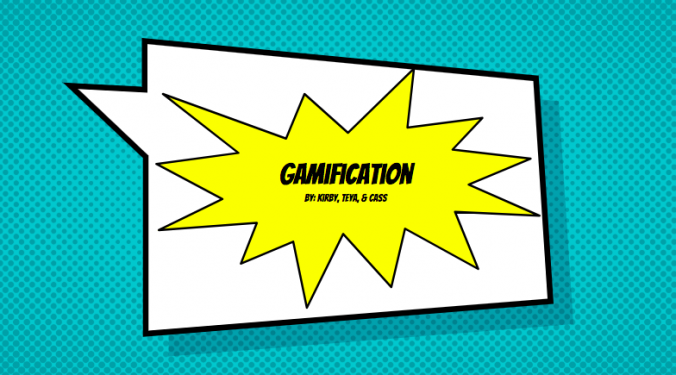Today we officially finished our tech class by presenting our tech inquiry project! The project was displayed as a google slides project and turned out to be pretty fantastic. Teya, Cass and I decorated our presentation by adding our little bitmojis to each slide to match the “gaming” theme of our presentation. The presentation went well and we got great audience feedback on both our presenting skills and our slide show. It is sad to think that I might not make another blog specifically towards my education at UVIC however, there is 100% a part of me that knows I will continue blogging my life in its everyday ways as it is a reminder to me about how each day has its successes and sometimes you just gotta sit down and write a blog to remember and appreciate each one.
“Technology will never replace great teachers but
technology in the hands of great teachers is transformational”





Recent Comments